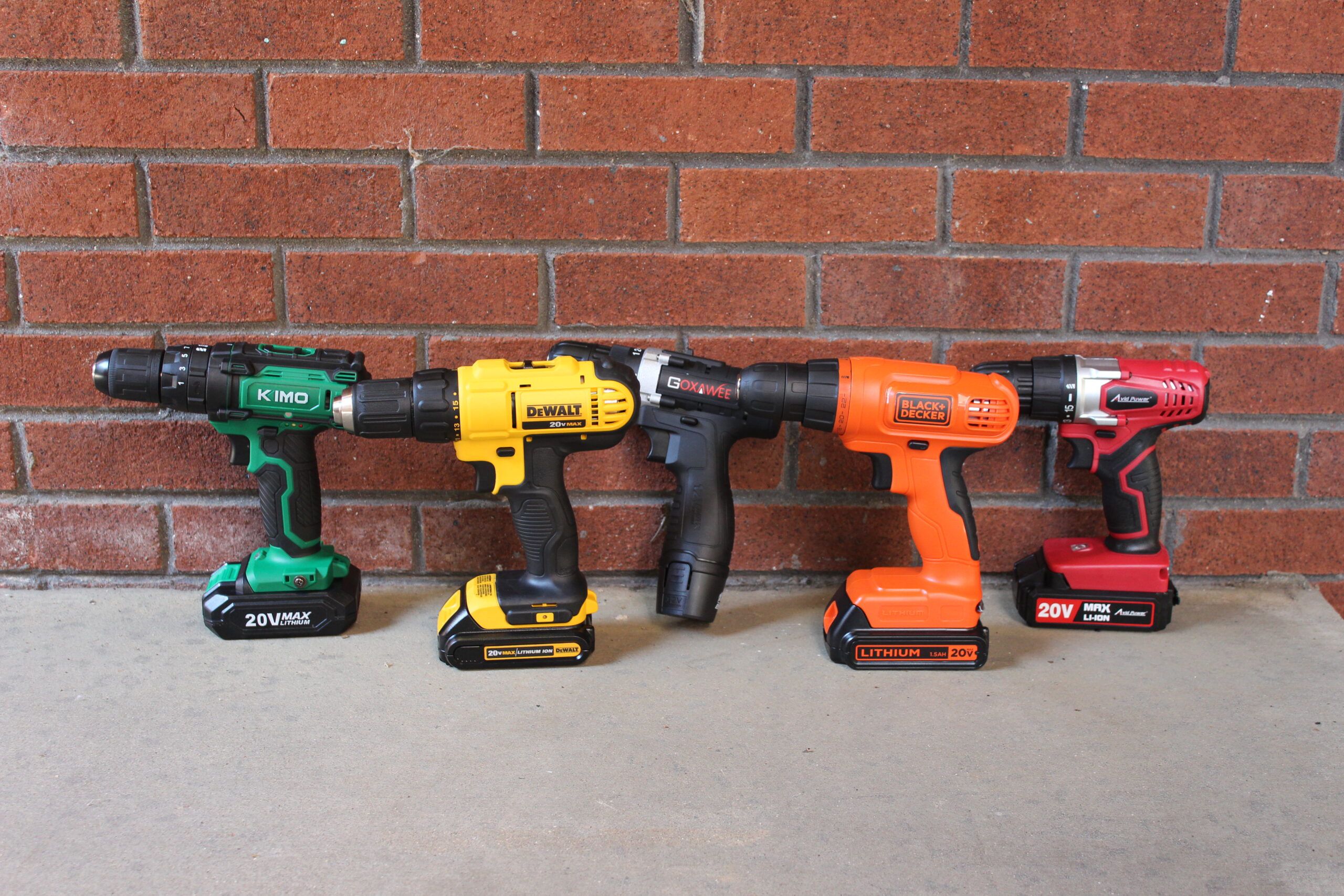In various industries, the terms model and tool are often used interchangeably, leading to confusion among professionals. However, it is crucial to understand the fundamental differences between these two concepts. In this article, we will delve into the distinctions between a model and a tool, exploring their roles, applications, and significance across different sectors.
- Defining a Model:
A model can be defined as a simplified representation or abstraction of a complex system, process, or concept. It serves as a visual or mathematical framework that aids in understanding, analyzing, and predicting real-world phenomena. Models are designed to capture the essential features of a system, allowing professionals to simulate scenarios, test hypotheses, and make informed decisions.
1.1 Types of Models:
- Mathematical Models: These models employ mathematical equations and algorithms to represent and analyze various phenomena. They are widely used in fields such as physics, economics, and engineering.
- Physical Models: Physical models are tangible representations of objects or systems, often used in architecture, product design, and civil engineering.
- Conceptual Models: Conceptual models use diagrams, flowcharts, or mind maps to illustrate relationships, processes, or ideas. They are commonly employed in business analysis, software development, and strategic planning.
1.2 Applications of Models:
Models find applications in diverse industries, including:
- Scientific Research: Models enable scientists to simulate complex natural phenomena, such as climate patterns, molecular interactions, or population dynamics.
- Business and Finance: Financial models assist in forecasting market trends, evaluating investment opportunities, and optimizing business strategies.
- Engineering and Design: Models aid in designing structures, testing prototypes, and optimizing performance in fields like aerospace, automotive, and industrial engineering.
- Understanding a Tool:
A tool, on the other hand, refers to a device, software, or technique that assists professionals in performing specific tasks or achieving desired outcomes. Unlike models, tools are not necessarily conceptual representations but rather practical instruments that facilitate the execution of various operations.
2.1 Types of Tools:
- Physical Tools: These include instruments, machinery, or equipment used in industries such as construction, manufacturing, and healthcare.
- Software Tools: Software applications, such as data analysis tools, project management software, or graphic design programs, assist professionals in specific tasks.
- Analytical Tools: These tools, like statistical software or data visualization platforms, enable professionals to analyze and interpret complex data sets.
2.2 Applications of Tools:
Tools are indispensable across numerous industries, including:
- Medicine and Healthcare: Medical professionals rely on tools such as stethoscopes, surgical instruments, and diagnostic equipment to diagnose and treat patients.
- Information Technology: IT specialists utilize programming languages, debugging tools, and network analyzers to develop software, maintain systems, and troubleshoot issues.
- Marketing and Advertising: Tools like social media management platforms, SEO analytics software, and customer relationship management systems aid marketers in targeting audiences, analyzing campaigns, and optimizing strategies.
Conclusion:
In summary, while models and tools are both valuable assets in various industries, their roles and functions differ significantly. Models provide conceptual frameworks for understanding complex systems, whereas tools are practical instruments that assist in specific tasks. Understanding this distinction is crucial for professionals across sectors to leverage the power of models and tools effectively, enabling them to make informed decisions, optimize processes, and drive innovation.

